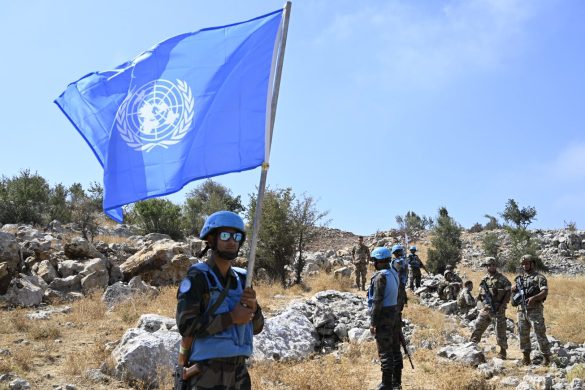Disse oversvømmelser, der opstår lokalt og har mere ødelæggende styrke end “normale” oversvømmelser, ødelægger bjergbefolkningens huse, infrastruktur og levebrød. Og mange mister livet i vandmasserne.
PESHAWAR, 7 March 2013 (IRIN): In his village near Muzaffarabad, capital of Pakistan-administered Kashmir, Nazeer Butt, 40, points to his ruined house on a steep mountainside.
“Three outer walls caved in and the roof was damaged when a torrent raced down the hill and hit it last month,” Butt told IRIN.
He is currently living with a neighbour, while he attempts to rebuild the house. He has sent his family of five to live with relatives.
Flash floods in February caused damage over a wide area, killing “29 people in various areas”, according to Adnan Khan, spokesman for the Provincial Disaster Management Authority in Khyber Pakhtunkhwa Province (KP).
They tend to be much more destructive than regular flooding because of the element of surprise, and the force of the water, which carries far more boulders and other debris, destroying infrastructure like roads, dams and irrigation systems.
A new report by the Kathmandu-based International Centre for Integrated Mountain Development (ICIMOD) says a “growing body of evidence indicates that the frequency and intensity of flash floods are increasing in the countries of the Hindu Kush Himalayan region.”
The cause
ICIMOD works in eight countries in this region, to help communities understand and adapt to the impact of human development and climate change.
Flash floods can be created when glacial lakes, bodies of water created by retreated glaciers, burst their banks.
An ICIMOD survey identified 5,000 glaciers in Pakistan, of which 52 look to pose a risk of triggering flash floods.
Sudden heavy rainfall during the monsoon can also trigger flash flooding: In September 2012 the hilly Jaffarabad and Naseerabad districts of Balochistan were badly hit. Over 7,000 people were affected, according to the Balochistan government focal person on floods, Akbar Hussain Durrani, and he says some are still struggling to rebuild their lives.
Rainfall in the region is frequently heavy and localized, a phenomenon sometimes called a cloudburst, which can cause a sudden flood of water that surprises downstream villages which may not have had any rain at all.
“My home was washed away, so were my lands. I have no money to rebuild them,” said Afzal Baloch, currently living with his family in a makeshift shack along a road leading out of the town of Dera Murad Jamali in Balochistan’s Naseerabad District.
“The sight of entire rivers of water sweeping down the hillside and washing away homes and everything else was just horrific. I will never forget it.” “The sight of entire rivers of water sweeping down the hillside and washing away homes and everything else was just horrific. I will never forget it.”
Preparing for the unexpected
Læs videre på: http://irinnews.org/Report/97606/Building-flash-flood-resilience-in-Pakistan-s-mountainous-regions














